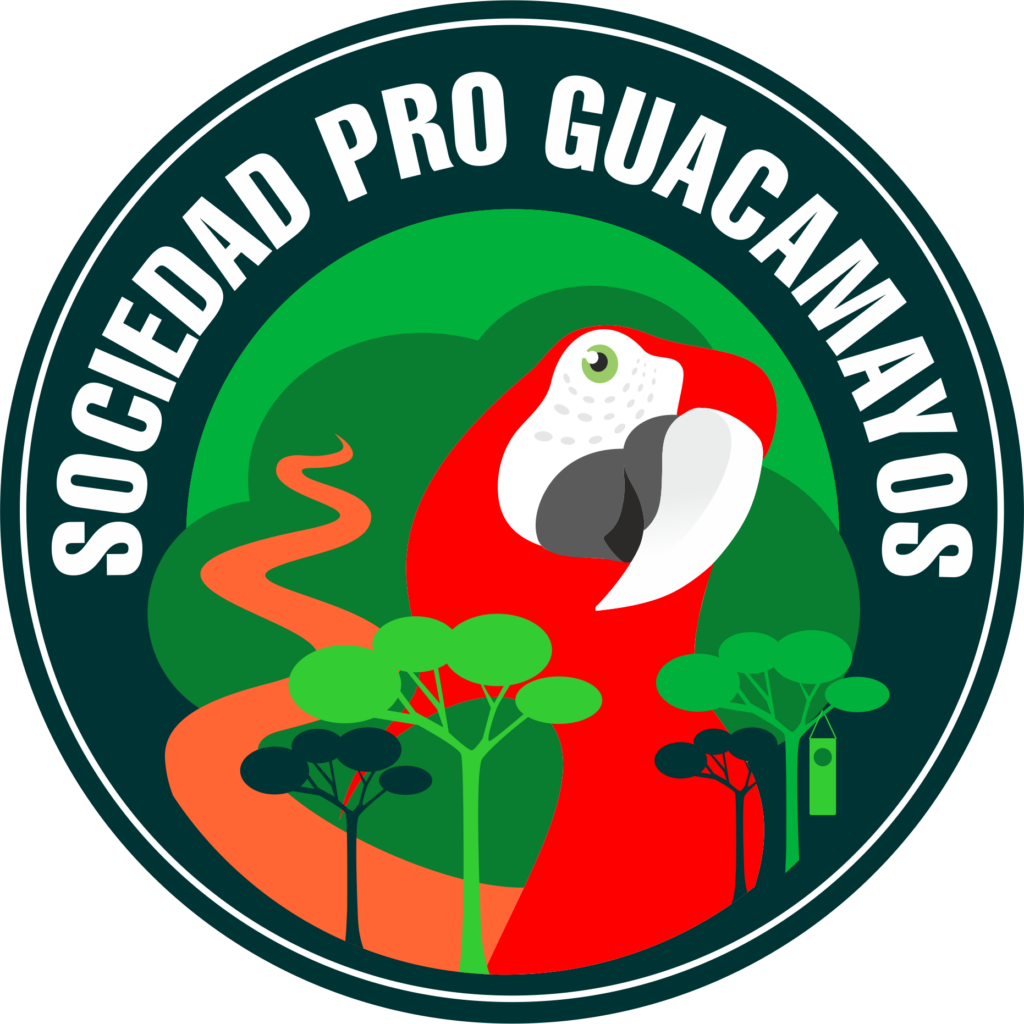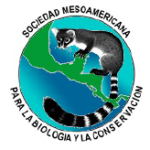Two rounds of virtual events, where experts from across the Americas share results from their work with parrot releases. These presentations were given as virtual posters at the “Parrot Release in the Americas” virtual symposium and workshop in November 2023 and were a great success.

Session 1 | 24 February 2024
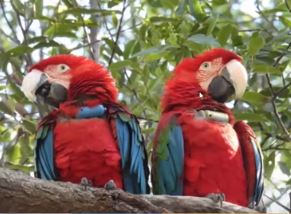
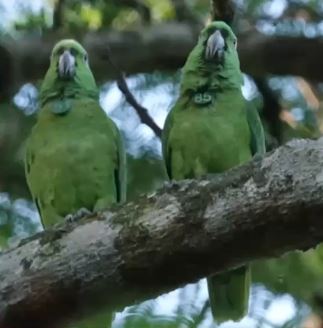
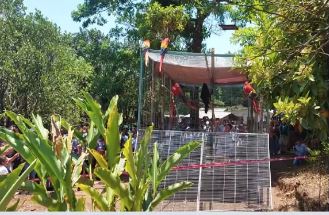
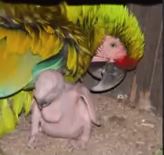
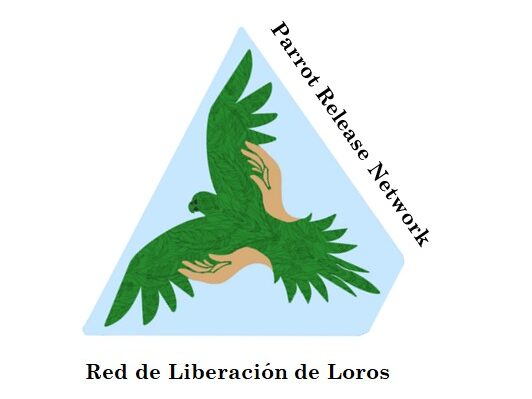
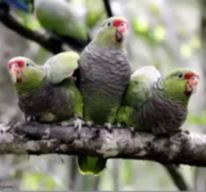
1. The return of the Red and green Macaw (Ara chloroptera) to Argentina | Sofía Salazar (Fundación Rewilding Argentina) | Argentina
The Red-and-green Macaw (Ara chloropterus) inhabited the jungles of northeastern Argentina over 150 years ago. The destruction of its habitat and hunting for the pet trade led to its extinction in the country. Since 2015, the Rewilding Argentina Foundation has been working to establish new populations of this species through the reintroduction of individuals from captivity. This makes it the first reintroduction of an extinct bird in Argentina. Today, the Iberá population has over 30 free individuals, of which 3 were born in the wild. However, the process has not been easy: various challenges have arisen during the years of the project. In this presentation, we will focus on the challenges that have emerged during the release and post-release monitoring processes, emphasizing the techniques we employ to increase the survival of individuals during these stages.
Authors:
Sofía Zalazar, Fundación Rewilding Argentina, Argentina
Marianela Noemi Mazat, Fundación Rewilding Argentina, Argentina
2. Predicting post-release fate using pre-release behavior | Roshan Tailor (The Macaw Society) | Costa Rica
The Yellow-naped Parrot (Amazona auropalliata) is prized for their impressive vocal abilities. The species has suffered declining populations since the 1980s and is currently considered Critically Endangered. Rescate Wildlife Rescue Center, Costa Rica’s largest rescue center has received on average over 50 confiscated A. auropalliata per year between 2019-2022. Such numbers can overwhelm rescue centers and thus compel centers to rehabilitate and release these birds. However, parrots entering the rehabilitation and release system exhibit diverse histories, where only certain individuals are normally considered suitable for release. The objective of this study was to identify behavioral characteristics that correlate with high survival post-release. We observed 46 A. auropalliata for an average of 11.9 hours (SD 4.06 hours) each in pre-release enclosures. We recorded flights, vocalization types, proximity to observers and going to the ground. Flight quality for released birds is clearly crucial, however just 22% of birds with a high flight ability were still detected in the release area after 3-months. In addition, 33% of high and 33% of medium ability fliers were recaptured at houses in town within 3-months of release. Of the birds that commonly approached observers pre-release, only 17% were still being sighted after 3-months, whilst 42% had been recaptured in town. Use of human vocalization and whether or not birds went to the ground pre-release, did not correlate well with fate post-release. Although the sample size was limited to 46 parrots, these findings suggest that pre-release observations can help predict parrot fate post-release. It also identifies parrots approaching human observers as a key problem and suggests that implementing methods to reduce this behaviour may be key to improving release success for Amazona parrots.
Authors:
Roshan Tailor, The Macaw Society, UK;
Loïc de Leeuw, The Macaw Society, Holland;
Gabriela Vigo-Trauco, The Macaw Society, Texas A&M University, USA;
Donald J. Brightsmith, The Macaw Society, Texas A&M University, USA
3. Strategies in the reintroduction of Scarlet Macaw (Ara macao) in Los Tuxlas, Veracruz, Mexico | Patricia Escalante (Instituto de Biología, UNAM, México)
The reintroduction project of the Scarlet Macaw in Los Tuxtlas, Veracruz, Mexico, is celebrating its tenth anniversary since its inception. During this period, eight groups of Scarlet Macaws, raised in the Xcaret EcoPark, have been released in five release sites within the Los Tuxtlas Biosphere Reserve, with the operational center being the Nanciyaga Ecological Reserve. Survival estimates for the first year, on average for each group, are around 80%. Due to the significant human population in this reserve, the environmental education efforts supporting the releases are crucial. Additionally, habitat restoration is essential as there are few tall trees and, consequently, nesting sites. We collaborate with government programs to improve the available habitat. Local communities have been very responsive and take pride in having this beautiful species back; they actively participate in its care. Few instances of nest poaching and damage to individuals attempting to capture them have been reported. The nest boxes follow the Macaw Mountain model (Honduras) and have been successful, with an average of 15 boxes installed annually, achieving a 50% occupancy rate and a productivity per box of 1.2 fledglings without parental intervention over the past four years. The pairs are becoming increasingly fierce in defending their nests and chicks. The main challenge for the continuity of this project is financial resources, as without international support, we would be unable to sustain the fieldwork.
Authors:
Patricia Escalante, Instituto de Biología Universidad Nacional Autónoma de México y Bosque Antiguo AC
Ricardo Baxin Xolio, Bosque Antiguo AC
Esteban Cortez Contreras, Bosque Antiguo AC
4. Parental care and thermal stability for the conservation and release of Ara militaris | Selene Barba Bedolla (Universidad Michoacana, México)
In birds, Parental Care (PC) has been proposed as a key mechanism that optimizes nest temperature and thermal stability for offspring during incubation and brooding. Parental care behaviors are favored by natural selection as their benefits (e.g., offspring survival, physiological performance) outweigh the costs associated with care. We studied parental care patterns and thermal stability in nests from oviposition to brooding in a free-living population of Ara militaris to assess the thermal stability patterns of nests and whether these are related to parental care investment and offspring success. The thermal differential analysis in A. militaris nesting showed that parental thermoregulation enhances nest thermal stability, and the thermal differential changes during the ontogenetic development of the offspring and among nests. This confirms that parental thermoregulation can have significant consequences on offspring physiology, performance, and ultimately, their physical condition.
Authors:
Selene Barba Bedolla, Universidad Michoacana
Felipe Mendoza Cuenca, Universidad Michoacana
5. Reintroduction of vinaceous-breasted parrot (Amazona vinacea) at the Araucárias National Park, Brazil | Vanessa Tavares Kanaan (Instituto Fauna, Brazil)
Amazona vinacea is the most endangered parrot species of the Atlantic Forest, a world’s top biodiversity hotspot. Historically, it occurred in Brazil, Paraguay and Argentina, but has become rare throughout its extensive range. Populations are considered extinct in some areas, including the Araucarias National Park (ANP), Brazil. The project to reintroduce A. vinacea at the ANP started in 2010. A total of 503 individuals victims of illegal wildlife trade and captive bred have been received and rehabilitated for a period of up to 24 months. A number of 256 parrots have met behavioral, health and genetic criteria and were released in 13 distinct events and monitored. Genetic analyses of released birds and their wild born offspring have been performed. In order to decrease the threats that led parrots towards local extinction, plural intervention strategies were implemented to raise awareness and engagement of the local community. In addition to educational and citizen science activities that have reached over 500.000 people, a project to generate work to local women was implemented in 2017 resulting in a 62% increase in their income. In 2015, the Amazona vinacea Protection Network was created and improved communication among key players, such as the government, community and environmental agencies, which increased law enforcement and wildlife rescue efforts in the ANP region. Our results suggest that it is possible to successfully rehabilitate parrots, improving animal welfare and giving individuals a chance to play their ecological roles and contribute to conservation, while engaging stakeholders.
Authors:
Vanessa Tavares Kanaan, Silvestres SC Instituto Espaço Silvestre, Brazil
Session 2 | 15 March 2024
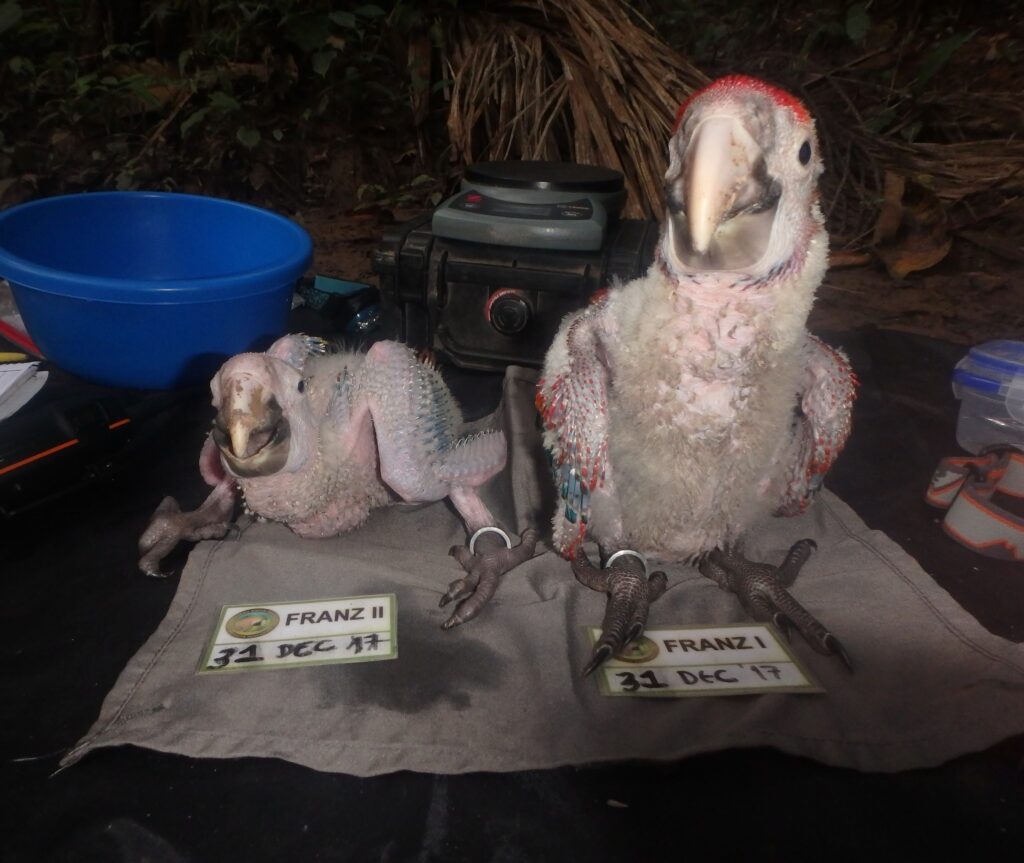
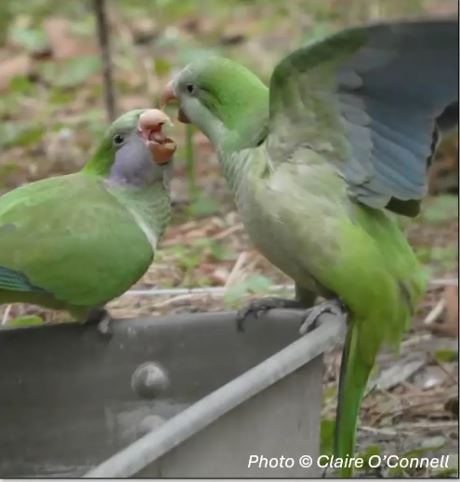
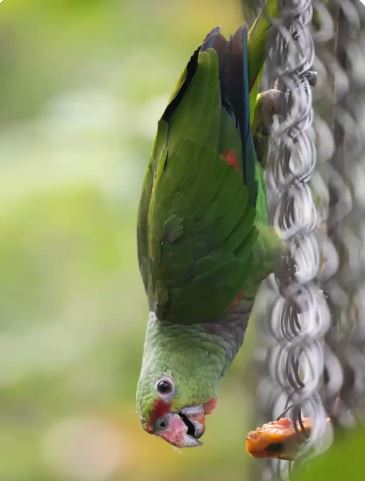
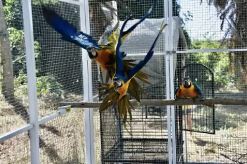
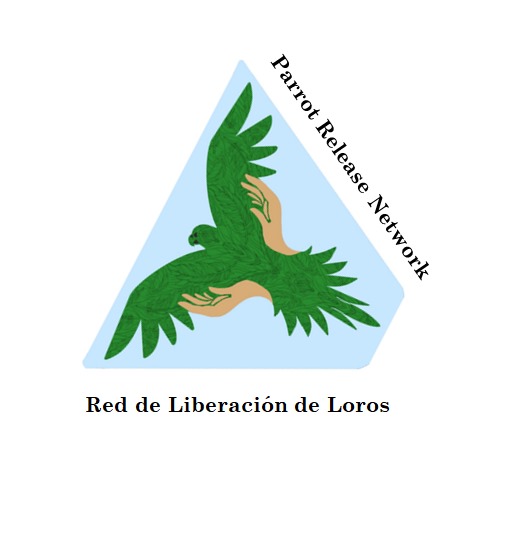
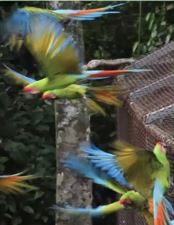
1. Wild Scarlet Macaw (Ara macao macao) foster parents as a tool for aiding population recovery | Dr. Gabriela Vigo-Trauco (The Macaw Society)
The use of foster parents in avian population management is a technique with great potential to aid in the recovery of highly endangered species. However, few studies have studied how to accomplish this successfully. Our research shows that Scarlet Macaws in southeastern Peru hatch 2-4 chicks per nest but just 1.4 of them fledge. Here about 24% of all hatched chicks die of starvation and starvation is the most common cause of chick death. Parents always raise the first chick that hatches, but 27 % of second chicks, 81% all of third and 100% of all fourth chicks are left to starve to death by their parents. Our goal was to develop and test new techniques to increase survival of wild Scarlet Macaw chicks by reducing chick starvation. We hypothesized that we could pull chicks at risk of starvation, raise them in captivity to about 18 days of age then move them to nests with only one chick to increase their chances of survival. Our results show that all relocated macaw chicks were successfully accepted by their foster parents (N=28 chicks, 3 consecutive breeding seasons) and 89% of the translocated chicks fledged successfully. Overall, we increased fledging success per available nest from 17% (1999 – 2016 average) to 25% (2017 to 2019) and decreased chick death by starvation from 19% to 4%. These findings show that the use of foster parents in the wild is a promising management tool to aid wild parrot population recovery in areas with low reproductive success.
Authors:
Gabriela Vigo Trauco, The Macaw Society, Schubot Center for Avian Health, Texas A&M University
Rony Garcia-Anleu, WCS Guatemala Program, Guatemala
Donald J. Brightsmith, The Macaw Society, Schubot Center for Avian Health, Texas A&M University
2. Using tablet apps to collect behavioral and social data | Virginia Darby Moore (University of Cincinnati, USA)
Social behavior has important consequences for individual survival, group stability, and reproductive success in social species. However, sociality remains underutilized as a conservation tool. Without an understanding of social behavior, conservation management plans may fail to incorporate this fundamental aspect of fitness. A grievous misunderstanding of social behavior may lead conservationists to compromise social competence or group cohesion in their target species, unintentionally hindering fitness and failing to accomplish conservation initiatives. Conservation professionals can make use of tools used in the field of animal social behavior to increase and implement their knowledge of sociality in the target species. The Hobson Lab has invested significant effort into developing robust, flexible, and affordable data collection methods, which can be easily adapted to address conservation concerns. In this presentation, I will review these data collection methods and discuss the data collection routines, software customization, and analytical tools as used in a case study of captive monk parakeet sociality. Further, I will explore the untapped potential of these powerful and versatile data collection and analytical methods across a wide range of conservation applications. Finally, I will illustrate the utility and flexibility of the data collection methods using specific conservation examples. The primary goal of this presentation is to bring affordable and easy-to-use technological methods to conservation professionals and facilitate the use of social behavior information in a conservation context.
Authors:
Virginia Darby Moore, University of Cincinnati, Cincinnati, Ohio USA
Claire L O’Connell, University of Cincinnati, Cincinnati, Ohio USA
Chelsea E Carminito, University of Cincinnati, Cincinnati, Ohio USA
Elizabeth A Hobson, University of Cincinnati, Cincinnati, Ohio USA
3. Anti-predator training of Amazona vinacea | Ariela Castelli Celeste (Waita Instituto de Pesquisa e Conservacao, Brazil)
Conservation translocations have a low success rate mainly due the lack of skills of introduced animals to survive in the new environment, such as naivety facing a predator. Pre-release training may allow those animals to identify threats. Here we evaluated the behavioral responses to anti-predator training by an endangered species, the Vinaceous-breasted Amazon parrot (Amazona vinacea). We investigated if anti-predator training of captive parrots can stimulate aversive behavior towards predators, and whether animals habituated to training. Eleven parrots underwent training using predator models (jaguar, bird of prey, dog, and human) and a control. Training with predator models were associated with an aversive stimulus. All training sessions were video recorded, and data was collected through footage analysis. Generalized Linear Mixed Models (GLMMs) were adjusted to evaluate the behaviors during training and changes in behavior according to the predator model. We also carried out a Time Series Analysis (TSA) to identify signs of habituation. Parrots escaped more in training with all predators but also walked in the presence of the dog, the human, and the bird of prey. The behaviors eating and preening were most observed in training with the control. The parrots showed behavioral changes over training, with a decrease in the frequency of the behavior walking and an increase in the behavior alert, which is an indication that parrots did not habituate to training. The results obtained by TSA also corroborated this finding. Our results showed that training accomplished its purpose in captivity. Now it is necessary to monitor the birds after release to identify if it will contribute to the animal’s survival in the wild.
Authors:
Ariela Castelli Celeste, Instituto de Pesquisa e Conservação Waita, Brazil. Laura Guimarães Fortini, , Instituto de Pesquisa e Conservação Waita, Brazil. Victor Araújo Franzone Vital, , Instituto de Pesquisa e Conservação Waita, Brazil.
4. Free-flight training for parrot release | Chris Biro (Bird Recovery International)
Historically, the poor success of releasing captive-raised parrots into the wild has been blamed on their upbringing in captivity rather than by their wild parents. A recent study by Roberts and Luther (2023) expressed concerns about the persistently low success rates of release programs, particularly for animals raised in captivity. However, little attention has been given to the rearing methods used in these projects. Despite biological similarities between captive-raised and wild-raised parrots, captive-raised birds consistently underperform in comparison to their wild-raised counterparts. This suggests that the differences in outcomes must be attributed to the rearing practices. This study delves into a method used to raise and release captive-bred large macaws. The approach incorporated elements of free-flight training for pet macaws, leading to the successful release of six pet trade hatched blue and yellow macaws. They have all adapted to their new environment as wild birds in Brazil, where macaws hadn’t been seen for half a century. 100% have survived their first year, reaching one year with no human support as of December 2, 2023. The findings highlight the importance of understanding the behavior and behavior modification techniques when designing release projects. Recognizing the developmental processes that occur in these animals, from their limited capacity to function and survive upon hatching to gradually expanding their capabilities, is crucial. This research demonstrates that by managing key areas of this process, we can address problems that have plagued other release projects, such as birds disappearing after the initial release or struggling with navigation and evading predators. Overall, this study provides a promising approach to improving the success of parrot reintroduction programs.
Authors:
Humberto F. Mendes , UNIFAL-MG Biology Dept, Alfenas MG, Brazil,
Chris Biro, Director at Bird Recovery International, USA
Donald J. Brightsmith, The Macaw Society, Veterinary Pathology Dept, Texas A&M University, USA
5. Ara ambiguos: Assisted reproduction with artificial nests | Enrique Pucci (Asociación El Proyecto Ara, Costa Rica)
The reintroduction of this project is based on the following work axes: a. Scarlet Macaw Release Program. b. Community Education Program, c. Assisted Reproduction Program, d. Reforestation Program. II. Work Programs: Considering that the audience is knowledgeable about reintroductions, the description of the programs will focus on the activities and techniques that, for us, have been key to the success of the project. Scarlet Macaw Release Program. a. Important elements to include in the adaptation aviary. b. Critical period for post-release monitoring. c. Supplementary food and hydration. d. Control of the dispersion of released birds. Community Education Program. a. Evaluation of the profile of communities within the dispersion zone of the birds. b. Focus and evolution of education activities over time. Assisted Reproduction Program. a. Identification of the reproductive cycle. b. Construction and installation of nests. c. Monitoring and rescue techniques for chicks in the nests. Reforestation Program: a. Identification of tree species that provide food for the reintroduced birds. b. Selection of the planting area.
Authors:
Enrique Pucci, Asociacion El Proyecto Ara, Costa Rica.
Emily Yozell, Asociacion El Proyecto Ara, Costa Rica.
Duaro Mayorga , Asociacion El Proyecto Ara, Costa Rica


